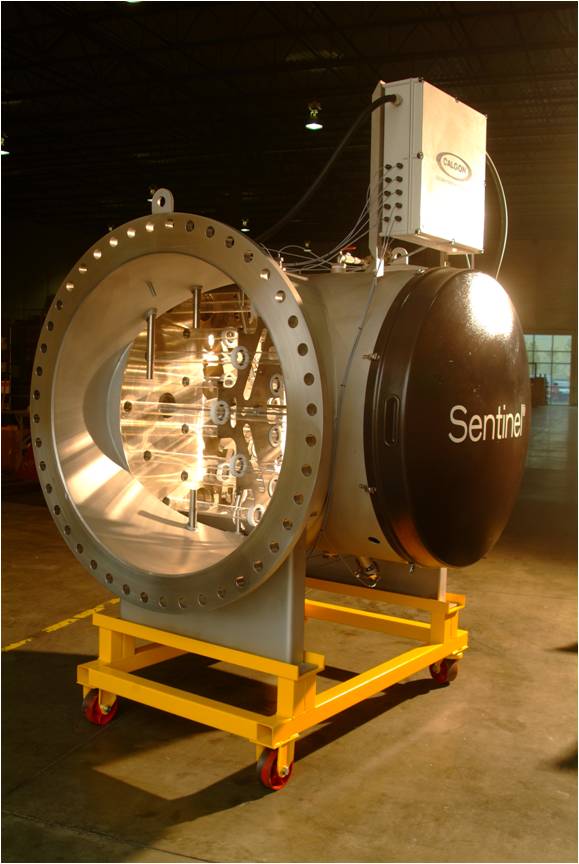 The City of Cincinnati and Greater Cincinnati Water Works (GCWW) broke ground earlier this month on a $30 million state-of-the-art Ultraviolet (UV) Disinfection Treatment Facility. The 19,600 square-foot facility, which is being built at the Richard Miller Treatment Plant on Kellogg Avenue, will make GCWW the largest water utility in North America to use UV disinfection following sand filtration and Granular Activated Carbon absorption.
The City of Cincinnati and Greater Cincinnati Water Works (GCWW) broke ground earlier this month on a $30 million state-of-the-art Ultraviolet (UV) Disinfection Treatment Facility. The 19,600 square-foot facility, which is being built at the Richard Miller Treatment Plant on Kellogg Avenue, will make GCWW the largest water utility in North America to use UV disinfection following sand filtration and Granular Activated Carbon absorption.
UV disinfection does not use chemicals or produce significant levels of regulated disinfection by-products. Sand filtration removes larger particles from source water while GAC removes organic substances such as pharmaceuticals.
“We have spent the past 10 years conducting research with national and international groups to determine the best method to protect our customers from microorganisms that are resistant to chlorine disinfection,” said David Rager, GCWW director. “UV disinfection uses UV light, in low doses, to inactivate disease-causing organisms often found in water effluents that can end up in our source water.”
Officials say that in an effort to reduce GCWW’s carbon footprint, the new facility will include 160 solar panels. When paired with a second solar installation on an existing GCWW facility, significant environmental impacts are expected to be achieved annually:
- 28,100 gallons of gasoline emissions offset– equivalent to offsetting emissions of 48 cars
- 346,000 Kwh of energy – enough to power 33 homes
- $151,000 in electricity costs
The UV disinfection treatment project is scheduled to be completed by the end of 2012. GCWW did receive rebates of approximately $150,000 from the State of Ohio for solar energy initiatives.
“Cincinnati has some of the best drinking water in the country and we are going to make it better,” Mayor Mark Mallory said. “This state-of-the-art new treatment facility illustrates the City’s commitment to continuous improvement. Our goal is to be on the cutting edge providing the cleanest, safest, tastiest drinking water in the country.”
